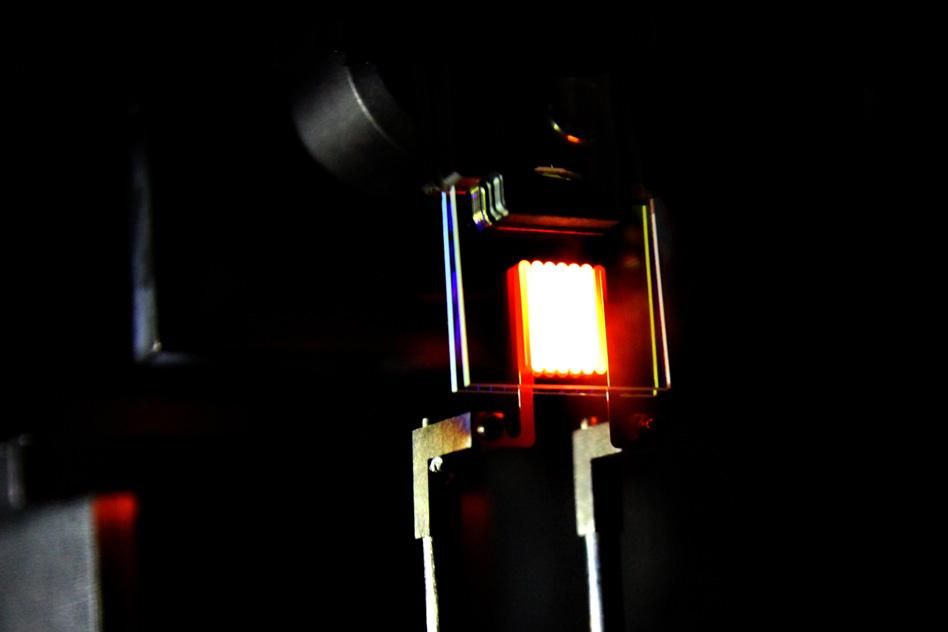Incandescent Light Bulbs May Have a Bright Future After All
Nanotechnology could turn the inefficient bulbs’ weakness into a strength
/https://tf-cmsv2-smithsonianmag-media.s3.amazonaws.com/filer/97/b4/97b4c379-d4e9-458b-a531-b81ee2c3399e/42-24535749.jpg)
It was a dark end for a common household object: In 2007, the United States Congress passed a law requiring the U.S. to phase out most incandescent light bulbs by 2014. But the phaseout, which was in keeping with a worldwide movement to get rid of incandescent bulbs in favor of more energy-efficient lighting options, may not be here to stay. As the BBC’s Matt McGrath reports, new research indicates that it may be possible to make old-fashioned incandescent bulbs much more efficient.
Consider it a light bulb over the head moment. Researchers at MIT have figured out a way to recycle incandescent bulbs’ wasted energy through nanotechnology. In a paper published in the journal Nature Nanotechnology, the team describes how they have turned the Achilles heel of the incandescent bulb—its waste of more than 95 percent of the energy it generates—into a benefit.

In a bid to recycle the wasted energy from the bulbs, the team created a secondary structure around the filament. The structure, which is made from a specially-developed photonic crystal, captures infrared energy and allows visible light to pass through.
In a release, the team describes how they used nanotechnology to create the crystal, which consists of “photonic structures” that are assembled in thin, one-dimensional layers on a substrate. The crystal allows the bulb to recapture its own heat, they write:
The desired visible wavelengths pass right through the material and on out of the bulb, but the infrared wavelengths get reflected as if from a mirror. They then travel back to the filament, adding more heat that then gets converted to more light. Since only the visible ever gets out, the heat just keeps bouncing back in toward the filament until it finally ends up as visible light.
McGrath writes that the new bulb has an efficiency of 6.6 percent—three times as efficient as a standard bulb. However, the team thinks they could boost the bulb’s efficiency to 40 percent of the maximum amount of efficiency (683 lumens per watt). If they pull that off, they could beat the efficiency of both LEDs, which achieve approximately 100 lumens per watt of energy, and CFLs, which achieve between 55 and 70 lumens per watt.
In contrast, the fully realized incandescent bulb would emit 272 lumens per watt—not too bad for something powered by crystals on a minuscule scale. Perhaps reports of incandescent bulbs’ demise were premature after all.
/https://tf-cmsv2-smithsonianmag-media.s3.amazonaws.com/accounts/headshot/erin.png)
/https://tf-cmsv2-smithsonianmag-media.s3.amazonaws.com/accounts/headshot/erin.png)